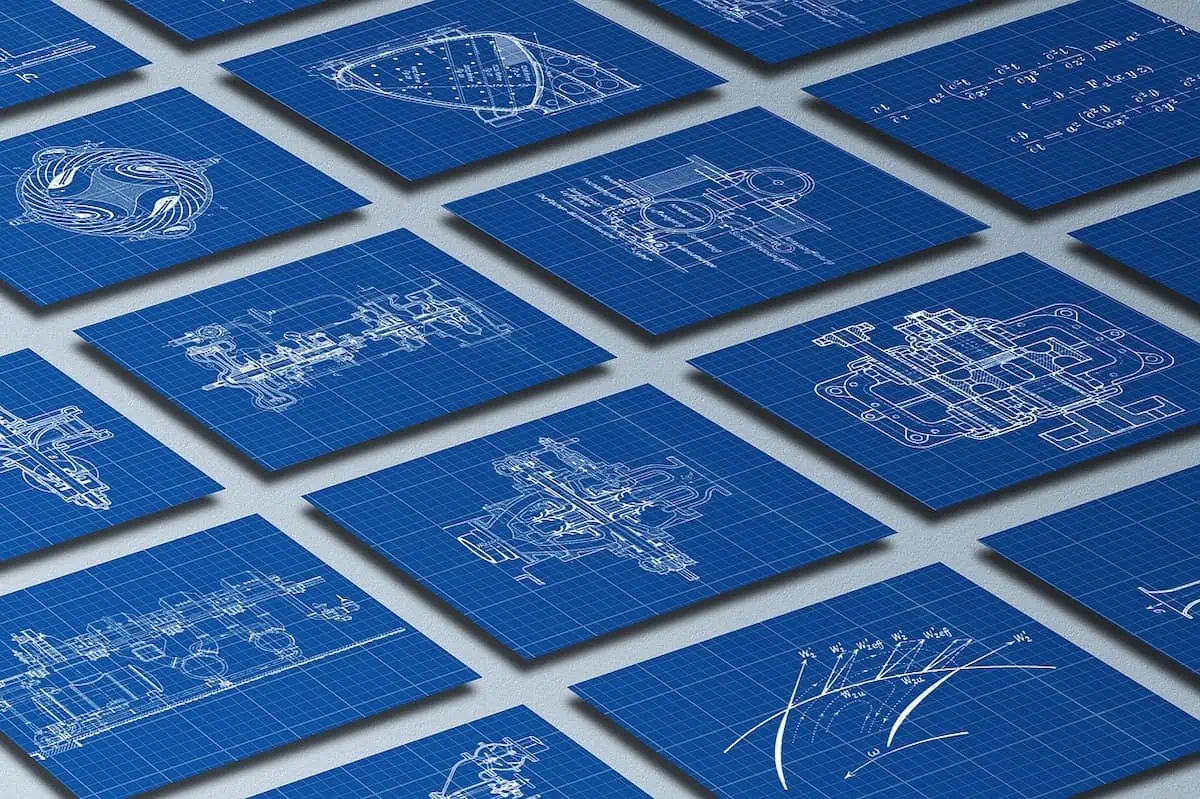Prototyping is the process of creating a preliminary model or sample of a product, often using 3D printing or other rapid manufacturing techniques, to test and validate design concepts, functionality, and user experience.
The specific prototype manufacturing techniques used will depend on the type of product being developed, the desired level of accuracy and detail, and the timeline for completion.
The goal of prototype manufacturing is to produce a physical representation of the product that can be used for testing, evaluation, and demonstration.
Let’s discuss two types of prototypes: plastic prototypes and metal prototypes.
Plastic Prototypes
Plastic prototype manufacturing refers to the process of producing a prototype of a plastic product. Plastic prototyping is a common method used in product development to test and validate design concepts, functionality, and user experience before mass production.
3D printing
This is a rapid prototyping technique that creates a physical model of the product using a 3D printer. It is ideal for creating small, intricate designs.
CNC machining
This process uses computer-controlled machines to cut, mill, and drill plastic into the desired shape. It is ideal for creating prototypes with high accuracy and detail.
Vacuum casting
This process involves creating a silicone mold from a master prototype and then using it to produce multiple plastic prototypes.
Rapid tooling
Rapid tooling uses a mold to produce plastic parts in low volume. It is ideal for creating prototypes that require the same material as the final product.
Metal Prototypes
Metal prototype fabrication refers to the process of creating a preliminary model or sample of a metal product.
There are several techniques used in metal prototype fabrication, including:
3D printing
Metal 3D printing technologies include Directed Energy Deposition (DED), Powder Bed Fusion (PBF), and Binder Jetting. The resulting prototypes can be used for testing and validation, as well as for small-scale production.
CNC machining
CNC (Computer Numerical Control) machines can be used to produce both plastic and metal prototypes. However, there are some key differences between the two:
- Material: plastic prototypes are made using plastic materials such as ABS, PP, or PC, while metal prototypes are made using metals such as aluminum, stainless steel, or brass.
- Durability: metal prototypes are generally more durable and have a higher melting point than plastic prototypes. This makes metal prototypes better suited for applications where the prototypes will be subjected to high temperatures or stress.
- Finish: metal prototypes can have a smoother and more precise finish than plastic prototypes. This is due to the cutting tools used in CNC machining and the hardness of the metal materials.
- Cost: metal prototypes can be more expensive to produce than plastic prototypes due to the cost of the metal materials and the specialized cutting tools required.
Sheet metal fabrication
Sheet metal fabrication is a manufacturing process that involves cutting, bending, and forming metal sheets into specific shapes and structures. In prototyping, sheet metal fabrication is often used to create early- stage models or test parts for products that require sheet metal material with a uniform thickness to validate designs before full-scale production.
Different tips to find a rapid prototype supplier
Finding the right rapid prototyping supplier is essential to the success of your project. In this article, we will provide tips to help you find a reliable and effective rapid prototyping supplier for your needs.
Research potential suppliers
Start by researching potential suppliers online and asking for referrals from colleagues and industry contacts. Look for suppliers that have experience in your specific industry and a good reputation for quality and customer service.
Consider their capabilities
Consider the rapid prototyping capabilities of each supplier, including the types of materials they can work with, the size and complexity of parts they can produce, and their delivery timeframes. Make sure the supplier has the necessary equipment and expertise to meet your specific needs.
Assess their quality control
Quality control is essential when it comes to rapid prototyping, as it ensures that the prototypes are accurate and meet your specifications. Look for suppliers that have robust quality control processes in place and a commitment to producing high-quality prototypes.
Evaluate their communication and customer service
Effective communication and customer service are critical to the success of any project. They should be willing to listen to your needs, provide guidance and support, and work with you to ensure the success of your project.
Compare pricing and delivery timeframes
It’s crucial to remember that the lowest price is not always the best value. Compare the pricing and delivery timeframes of multiple suppliers and look for those that offer competitive pricing, timely delivery, and quality work.
Ask for references
Finally, ask each supplier for references and contact them to get an idea of the supplier’s reputation and quality of work. And start a small trial order for a final assessment.
By following these tips, you can find a rapid prototyping supplier that can help bring your product to life. Remember to take your time, do your research, and choose a supplier that has the experience, capabilities, and commitment to quality to meet your needs.

